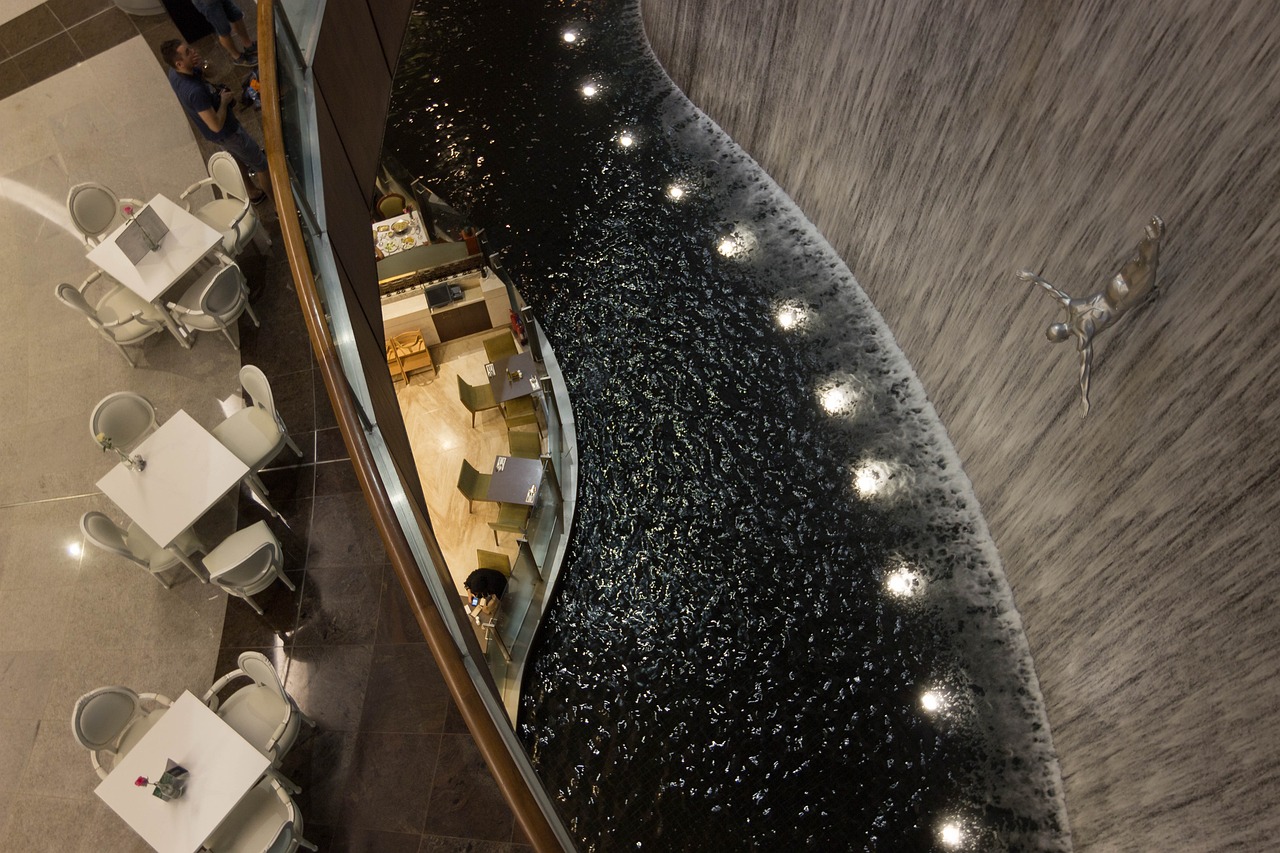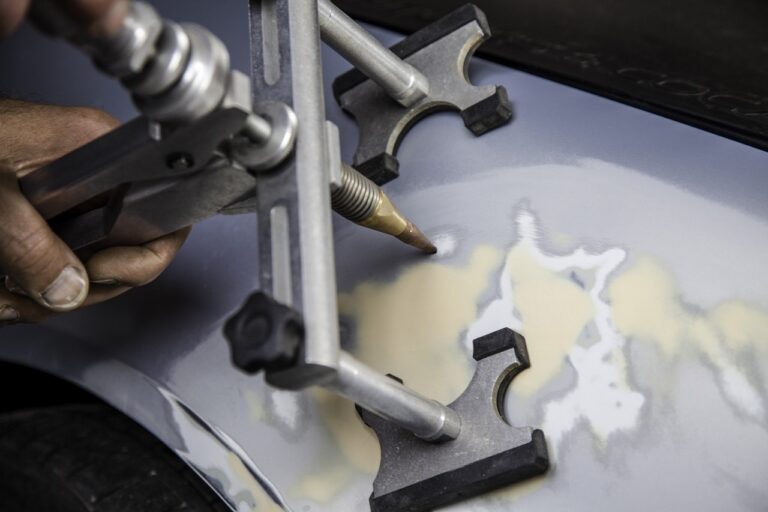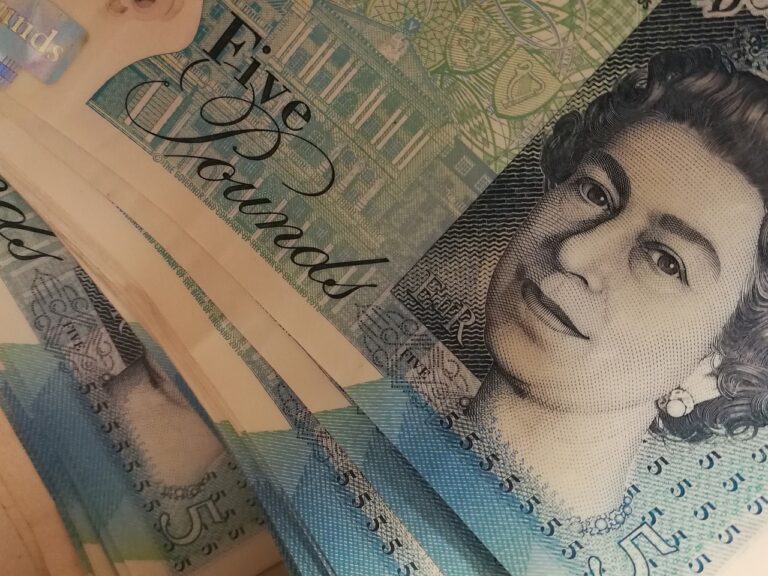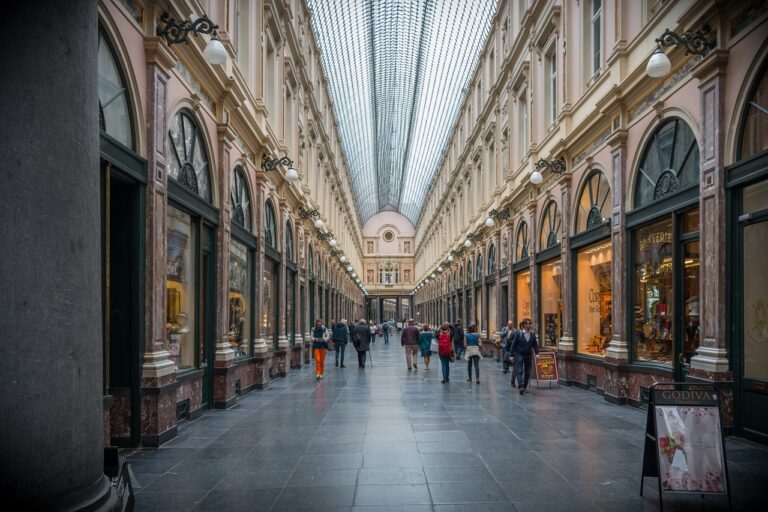Understanding the Circular Economy in Fashion
The concept of the Circular Economy centers around the idea of creating a system where resources are used, reused, and cycled back into production to minimize waste. Instead of the traditional linear model of take-make-waste, the Circular Economy aims to keep materials in use for as long as possible, extracting their maximum value before recovering and regenerating them.
By shifting towards a Circular Economy, businesses and industries can contribute to a more sustainable future by reducing the depletion of natural resources and lowering the amount of waste generated. This approach encourages innovative practices such as designing products for longevity, using renewable energy sources, and implementing efficient recycling systems, all of which play a vital role in creating a more environmentally conscious and economically viable model for growth.
Why is the Circular Economy important in the fashion industry?
The importance of the Circular Economy in the fashion industry is undeniable. With the industry being one of the most resource-intensive and polluting sectors globally, transitioning towards a more circular model is crucial for sustainability. By adopting circular practices, such as recycling, upcycling, and reusing materials, the fashion industry can reduce its environmental impact significantly.
Moreover, embracing the Circular Economy in fashion presents an opportunity for brands to meet the increasing consumer demand for ethically produced and environmentally friendly products. Consumers are becoming more conscious about the environmental and social implications of their purchasing decisions, pushing brands towards more sustainable practices. By integrating circularity into their operations, fashion companies can not only appeal to this growing market but also contribute positively to the planet’s well-being.
Key principles of the Circular Economy in fashion
In the Circular Economy of fashion, one key principle is to prioritize the use of renewable and recyclable materials. This means moving away from traditional linear systems of production and consumption towards ones that promote the reuse and recycling of resources in a closed-loop system. By utilizing materials that can be easily recycled or repurposed, the industry can reduce its environmental impact significantly.
Another important principle in the Circular Economy of fashion is the focus on extending the lifespan of garments. This involves designing clothing that is durable, timeless, and easily repairable. By creating quality pieces that last longer, the industry can reduce the amount of clothing that ends up in landfills each year. Embracing this principle not only benefits the environment but also promotes a shift towards a more sustainable and responsible fashion industry.







